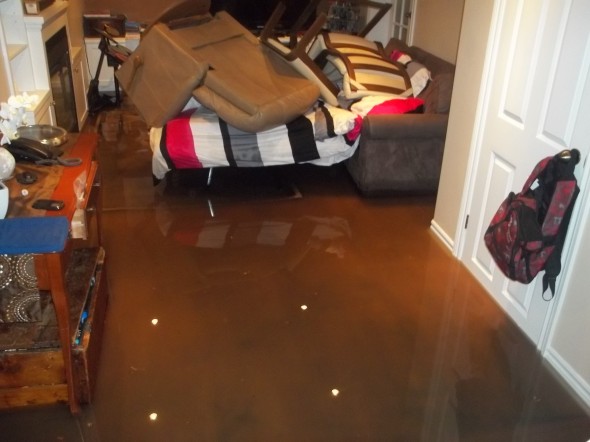 Toronto Water was not surprised to be inundated with phone calls after the July 15th rainstorm that flooded hundreds of Scarborough homes with raw sewage because officials knew that half a dozen “fixes” needed to be done to the sewers in Ward 36, according to Councillor Gary Crawford,
Toronto Water was not surprised to be inundated with phone calls after the July 15th rainstorm that flooded hundreds of Scarborough homes with raw sewage because officials knew that half a dozen “fixes” needed to be done to the sewers in Ward 36, according to Councillor Gary Crawford,
That information was conveyed in a meeting Crawford had with Toronto Water, where he got a preview of the presentation the department will be making at the public flooding meeting on September 19th.
Problem areas in Birch Cliff
Contrary to widespread belief, Crawford says he learned that Toronto Water conducted an environmental assessment of the infrastructure in southwest Scarborough some time ago which revealed problem areas:
“There are about six or seven areas in Ward 36, all in the old Birch Cliff area….from Brimley over to Victoria Park they’ve identified through the EA those fixes and now it’s how do you pay for them,” says Crawford.
Furthermore Crawford says those six or seven places are among the areas where basements were flooded this summer.
“After the flood, you realized that the areas they pinpointed is where flooding occurred,” Crawford said. “Staff have identified the fixes and they overlapped where the problems happened. It wasn’t a surprise to them when they got the phone calls in to 311 because they had already identified areas through the environmental assessment.”
No money to fix problems
Although the problem areas have been identified, it doesn’t mean they’ll be fixed immediately because Crawford says there’s a financial issue: “The bottom line is they don’t have enough money.”
Here’s why. After a major storm caused widespread flooding in Toronto in 2005, Toronto Water identified 32 priority areas for infrastructure improvement. City Council, which was spending $50 million a year on water infrastructure prior to 2005, approved a long-term remediation program. By 2021, it’s estimated that water infrastructure repairs will have cost the city $800 million. In order to pay for the program, Council increased water rates by 9% every year for nine years, ending in 2014.
Ward 36 not a “priority area”
The problem for southwest Scarborough is that Ward 36 is not one of the 32 identified areas because we didn’t flood in 2005, and all of the $800 million has been allocated.
“If they had all the money in the world they could do more, but they’re doing the best they can,” Crawford says
Crawford says funding must be found
When Toronto Water’s report goes to City Council later this fall, Crawford says Council will need to decide whether to extend the water increase over a longer period of time.
“A lot of these (Ward 36) fixes are not part of a capital program and I’m hoping when a report comes from them in the fall, one of these obvious things is this 9% increase over nine years sufficient to get the work done that needs to be done?” Crawford says.
Crawford described the briefing as “basement flooding 101” and explained some of the other issues that Toronto Water officials will be raising at the September 19th meeting.
Subdivisions not the problem
Crawford says he was told that the new subdivisions north of Danforth and St. Clair around Midland and Warden “contributed somewhat” to the flooding issues further south, but were not the main cause.
“The new subdivision — if the subdivision wasn’t there, the same results would have happened. The subdivision contributes somewhat,” Crawford says. “If it wasn’t there, it would have happened anyways because of the sheer volume of water coming down.”
Combined sewers not to blame
Crawford also says that the aging combined sewer system that exists in much of Birch Cliff was not the cause of the flooding.
“They showed me a chart of the entire Ward 36, Scarborough southwest, and a little more than half of the area has separated storm sewers. The older area around Birch Cliff does have the single pipe. Even if we had double pipes, that would not have alleviated the problems that happened that particular day.”
Simply too much rain
According to Crawford, Toronto Water is sticking by its initial explanation that the flooding was caused by a “1 in 100 year storm” that the sewer system is simply not prepared to handle.
“The simple answer is that the sheer volume of water that fell in a short period of time, the system could not handle that volume of water…..No matter what we as a city did. If it was new infrastructure, pretty much the same results would have happened.”
By way of example, Crawford points to the Chine Drive area, where a number of sewer issues were fixed when the road was recently resurfaced. Even though the work had been done, Crawford says the Chine north area flooded anyways:
“At in the end of the day, mother nature being what it is, if those kinds of storms come, there will be a problem.”
Downspouts and Backwater Valves
At the September meeting, Toronto Water will reiterate to residents that they must disconnect their downspouts to prevent rainwater from roofs from entering the sewer system. The downspout disconnection program was established by City Council after the storm in 2005.
Similarly, homeowners continue to be encouraged to install backflow valves in the basement that are eligible for a subsidy from the City of up to $1,250.
Crawford says Ward 33 Councillor Shelly Carroll, who has been invited to the meeting, indicates that these two measures made a big difference in her ward, which flooded in 2005.
“What we need to do is make sure everyone has disconnected the downspout. These are the simple fixes. And looking at the backwater valve program and making sure the houses have them installed . Making sure its done by a certified plumber who knows what they are doing. The combination of the two could alleviate the problem,” Crawford says.
Crawford cautions homeowners that the backflow valves require some maintenance and should be cleaned out every couple of years.
At the meeting Crawford says Toronto Water showed him a street-by-street chart of maintenance programs that are conducted on the sewers and mentioned that they scope out the sewers every four years. He says the department will be prepared to talk to homeowners about specific issues on specific streets.
The public meeting for Ward 36 will be held on September 19th at at 7pm at Scarborough Village Community Recreation Centre on Kingston Road.
[author] [author_image timthumb=’on’]http://www.stage2.birchcliffnews.com/wp-content/uploads/2012/06/resizepix.jpg[/author_image] [author_info]Written by Hedy Korbee, a journalist who lives in Birch Cliff[/author_info] [/author]
[button link=”http://www.stage2.birchcliffnews.com/contact-us/” color=”green” newwindow=”yes”] Got a story idea for us?[/button]


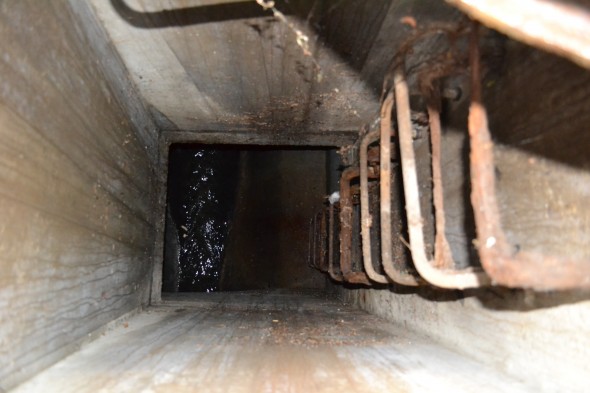
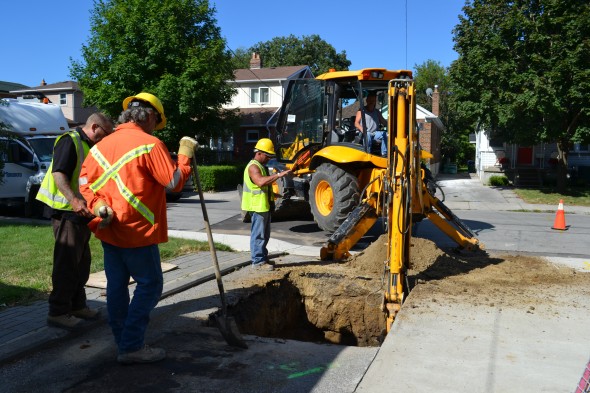
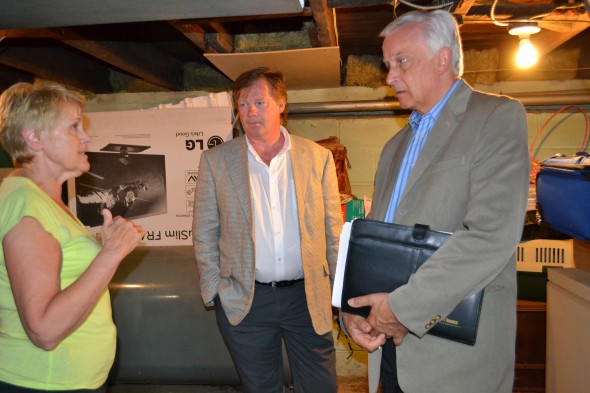
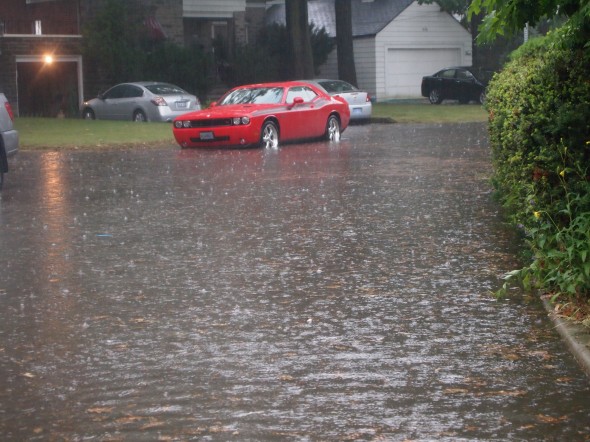
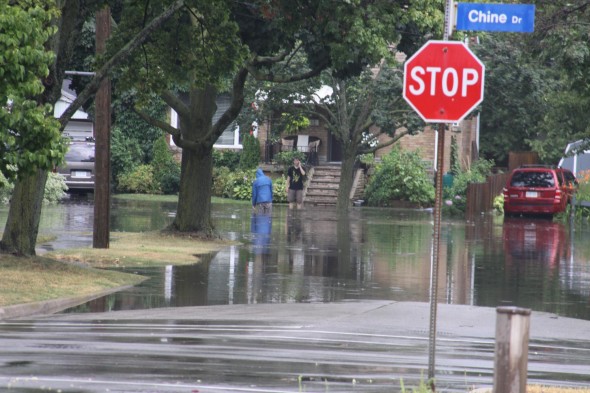

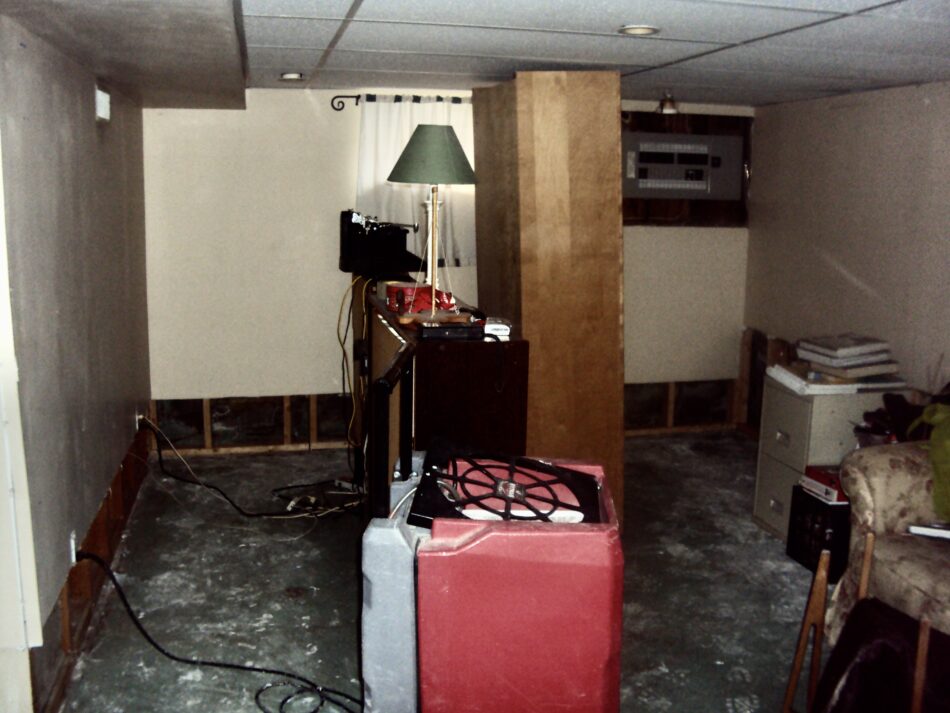


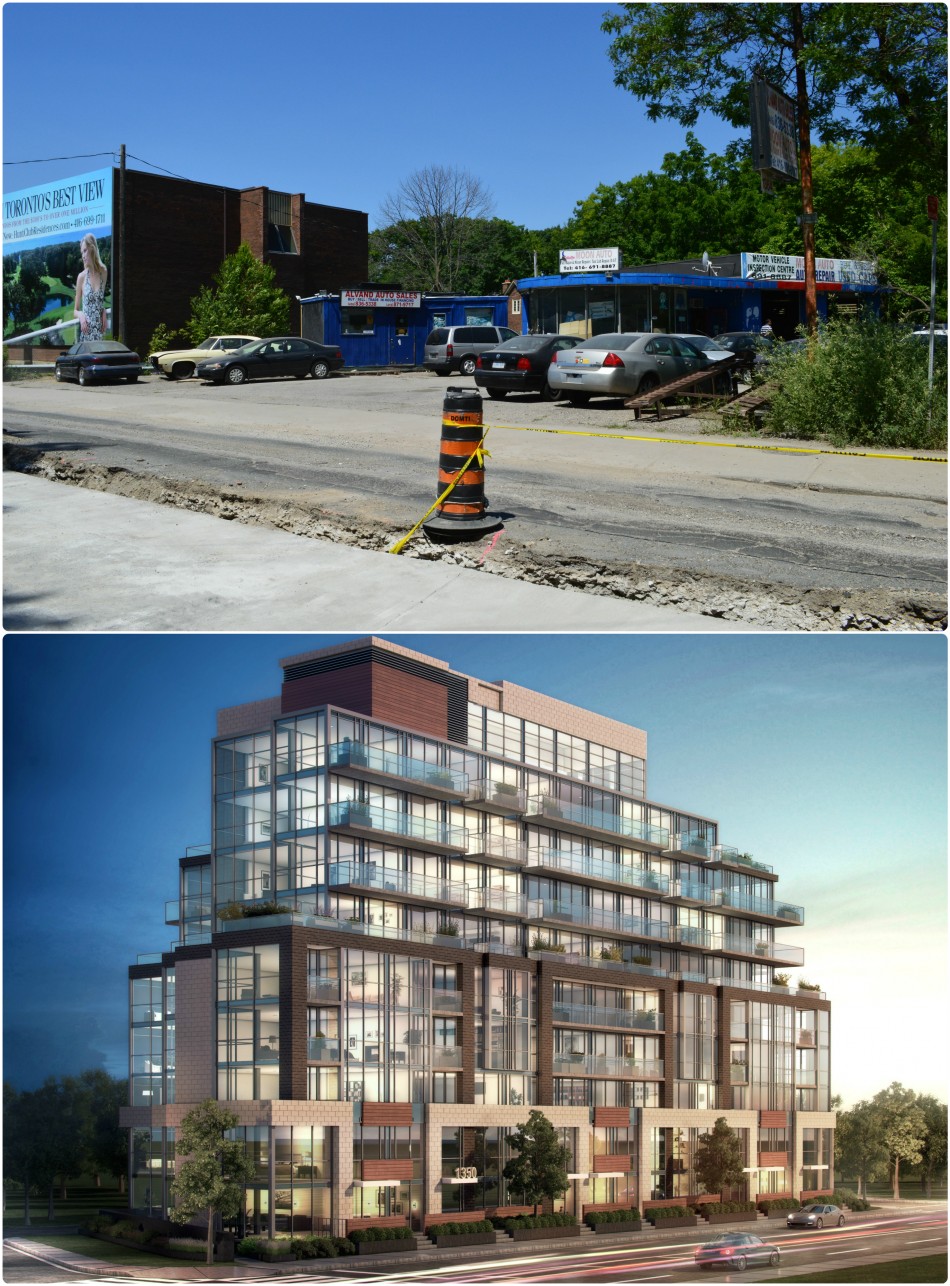
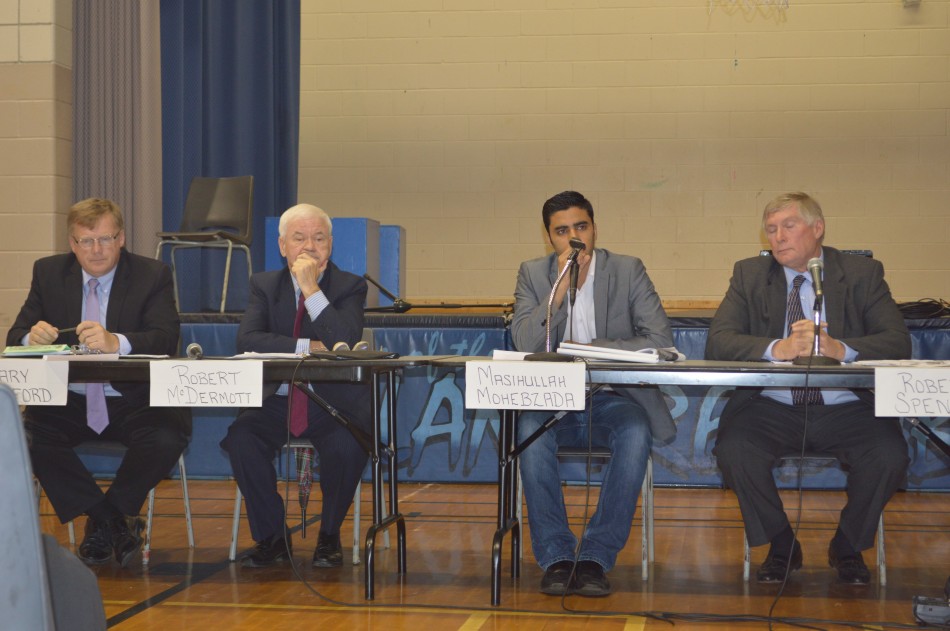
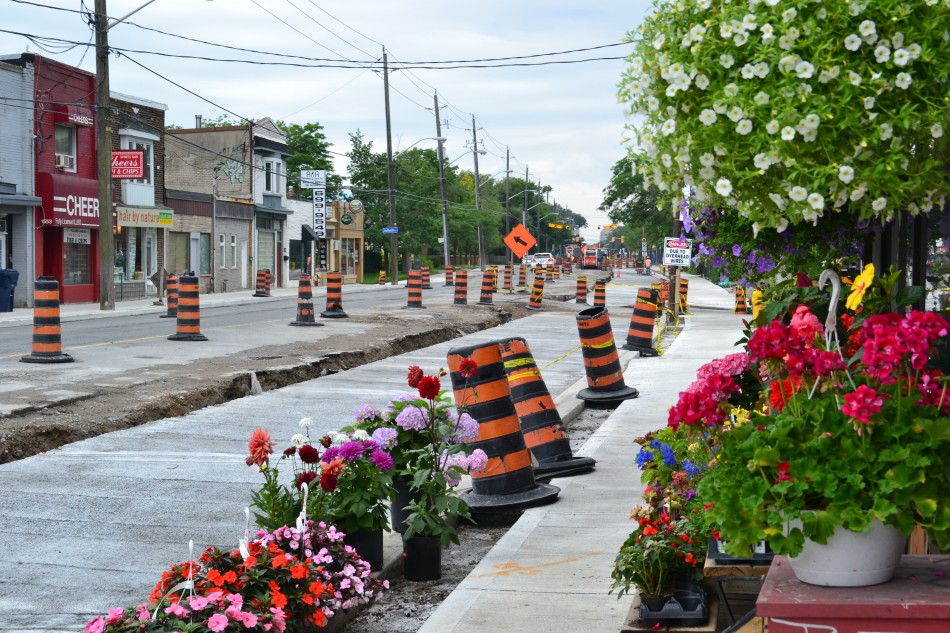
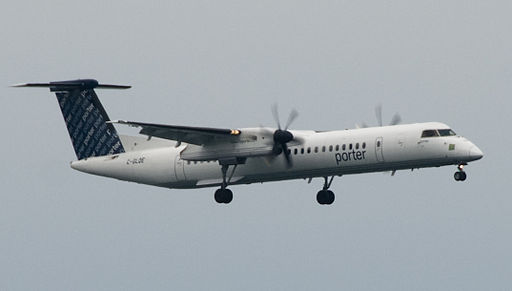

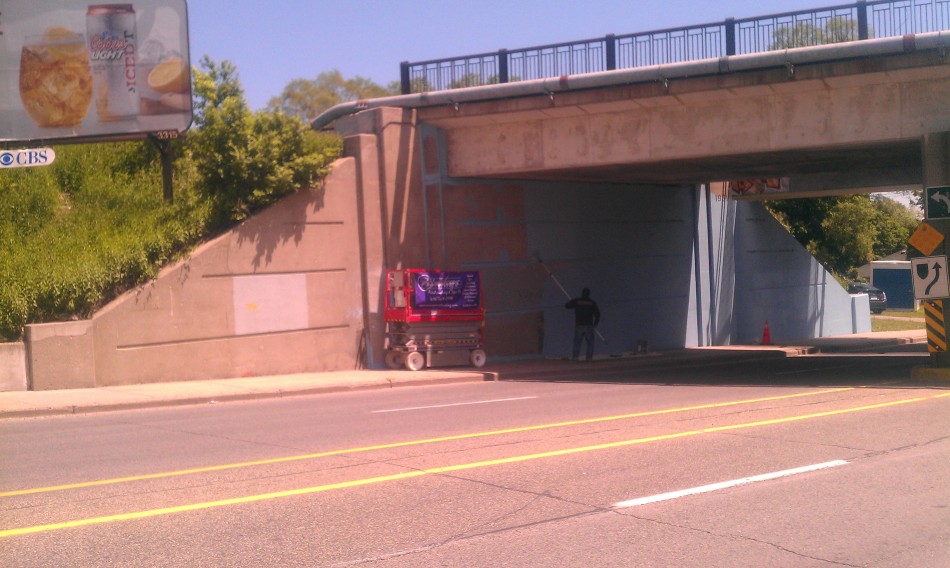

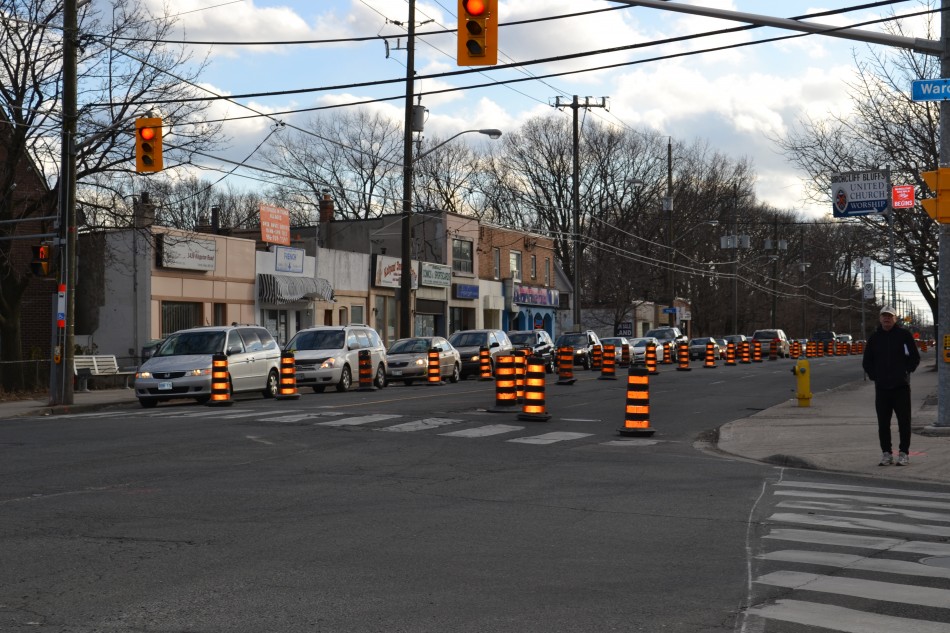
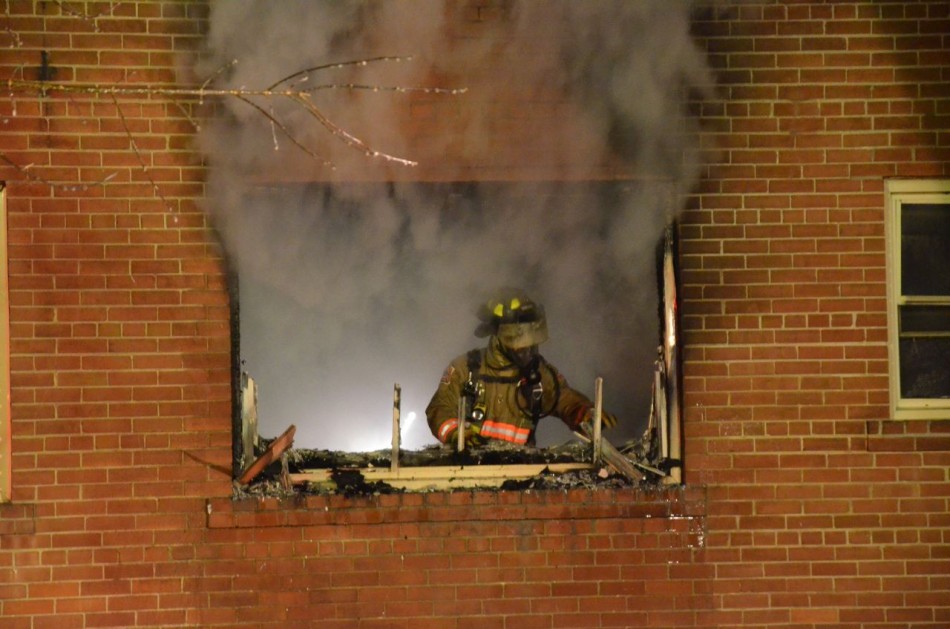
I live in the Quarry area. The Quarry lands are to be redeveloped shortly in to high rise high density buildings. We presently do not have any problems with our sewers but should these buildings be built, I am sure there will be similar problems here unless the infrastructure in this area is changed in order to handle these buildings. Will that happen be these problems start happening here. My two daughters live in the Kennedy Road/Danforth Area and they have been flooded with sewage twice in 2 years causing thousands of dollars damage. Their insurance premiums have sky rocketed and they are now at a point of not having insurance coverage. I definately do not want that to happen in my area also.
Please advise any capital projects that you might have in the planning stages to prevent similar problems here.
Thanks
We’ve received comments from quite a few people who are thinking along the same lines as you are Sharon.
I will forward to the citizens group Concerned Citizens of Quarry Lands Development, which has been fighting on behalf of the neighbourhood since 2003.